WooCommerce vs. Shopify is a tough match-up. Shopify claims that over 1,700,00 businesses use its platform. WooCommerce, on the other hand, has more than five million active installations. That means we’re talking about two eCommerce giants, each taking an entirely different approach to helping you build an online store.
In this article, we will compare WooCommerce vs. Shopify regarding setup, payment processing, customizability, and price. Along the way, we’ll tell you which eCommerce platform excels in each area to help you decide which option best fits you.
Let’s get to it!
- 1 WooCommerce vs. Shopify: Hosted vs. Self-Hosted eCommerce
- 2 Setting Up a Store in WooCommerce vs. Shopify
- 3 Configuring Payment Options in WooCommerce vs. Shopify
- 4 Customizing Your Store with WooCommerce vs. Shopify
- 5 How Much Does WooCommerce vs. Shopify Cost?
- 6 WooCommerce Deep Dive
- 7 WooCommerce vs. Shopify: Choosing The Winner
- 8 Frequently Asked Questions (FAQs)
WooCommerce vs. Shopify: Hosted vs. Self-Hosted eCommerce
Although both Shopify and WooCommerce can help you create an online store, they offer very different user experiences. The primary difference between the two options is that one is self-hosted, and the other is hosted.
Subscribe To Our Youtube Channel
Here’s what that means:
- WooCommerce. WooCommerce is a plugin for the WordPress Content Management System (CMS) which you can add on any server of your choice. You are entirely free to edit the WooCommerce and WordPress code and can use both tools for just about any type of project you want. Unlike standalone payment plugins that are limited to one processor (like Paypal plugins for example), WooCommerce is an all-in-one eCommerce store solution for WordPress that can offer multiple payment gateways, cart, checkout, and more.
- Shopify. Shopify is a Software-as-a-Service (SaaS) platform. It provides you with hosting, eCommerce software, maintenance, and support. That means less control over your store, but an easier setup process.
WooCommerce itself is free. However, you still have to pay a monthly or yearly fee for hosting the WordPress website that’s using WooCommerce (unless you run your own server). In return, the combination of WooCommerce and WordPress gives you complete freedom when it comes to your eCommerce projects:

Shopify as a platform is all about providing businesses with easy-to-use tools for launching an online store. As a hosted platform, it combines all of the features you’ll need in one package:
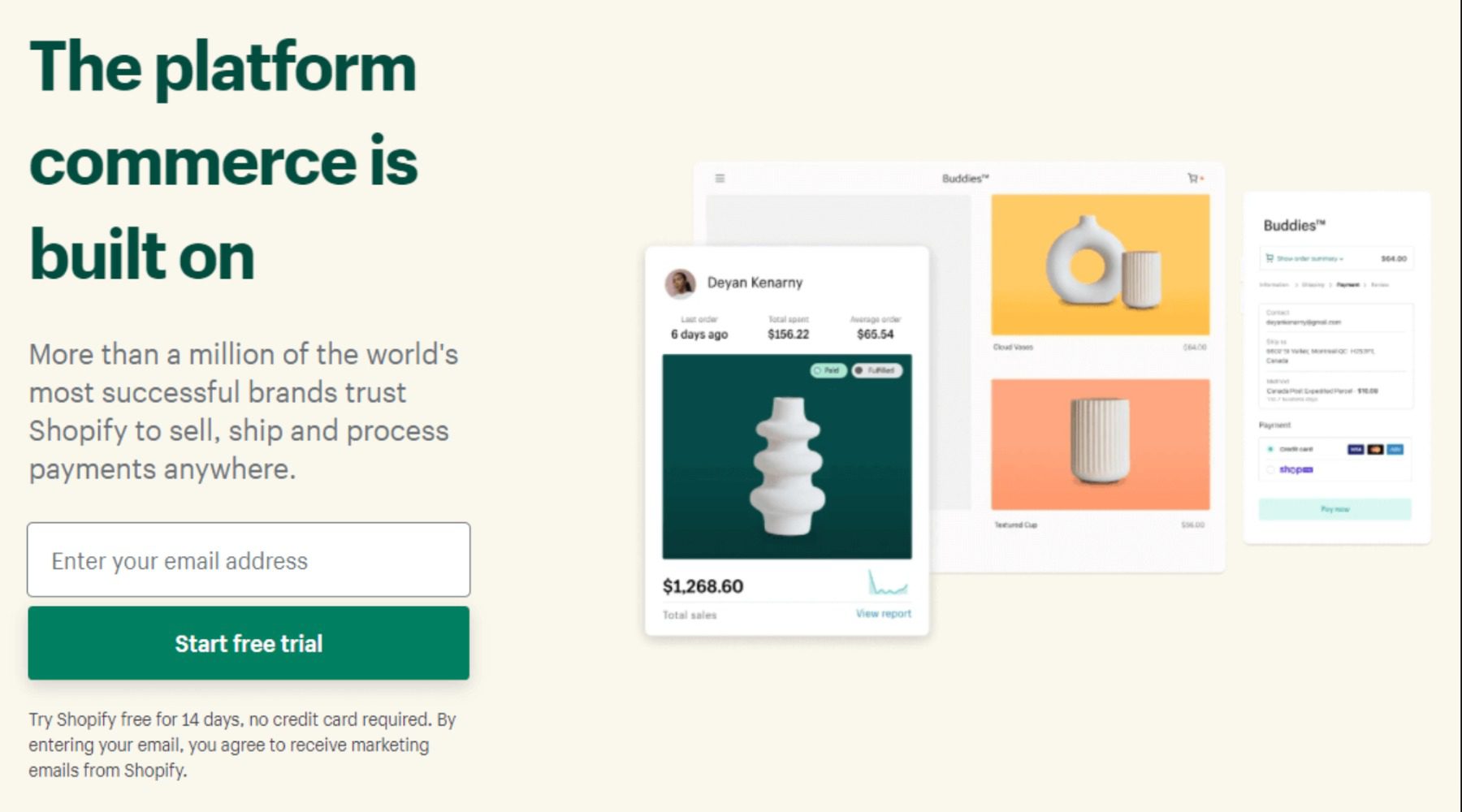
Due to its nature, Shopify is a less flexible platform than WooCommerce. However, that’s not necessarily a bad thing, as we’ll explore throughout the rest of this article.
Setting Up a Store in WooCommerce vs. Shopify
If this is your first time setting up an online store, you’ll want to know how difficult (or simple) each platform makes that process. Let’s start with WooCommerce.
WooCommerce
As we mentioned earlier, WooCommerce is a WordPress plugin. This means that before you get to work on your store, you have to go through a series of steps, including:
- Finding a web host
- Signing up for a hosting plan
- Installing WordPress
- Finding and installing the perfect WooCommerce theme
- Setting up WooCommerce
This process doesn’t take much time if you’re already familiar with WordPress and you have a web host in mind. However, if this is your first time looking for a web host, you’ll need to budget plenty of time for research.
Installing WordPress is a painless experience, and in many cases, your web host will do it for you. In addition, some WordPress hosting services offer “eCommerce” or WooCommerce plans, which is a fancy way of saying that they’ll pre-install WooCommerce and some other useful tools for you.
Once you get to work with WooCommerce, the plugin will launch a wizard that will help you configure your store and set up some basic pages for it:
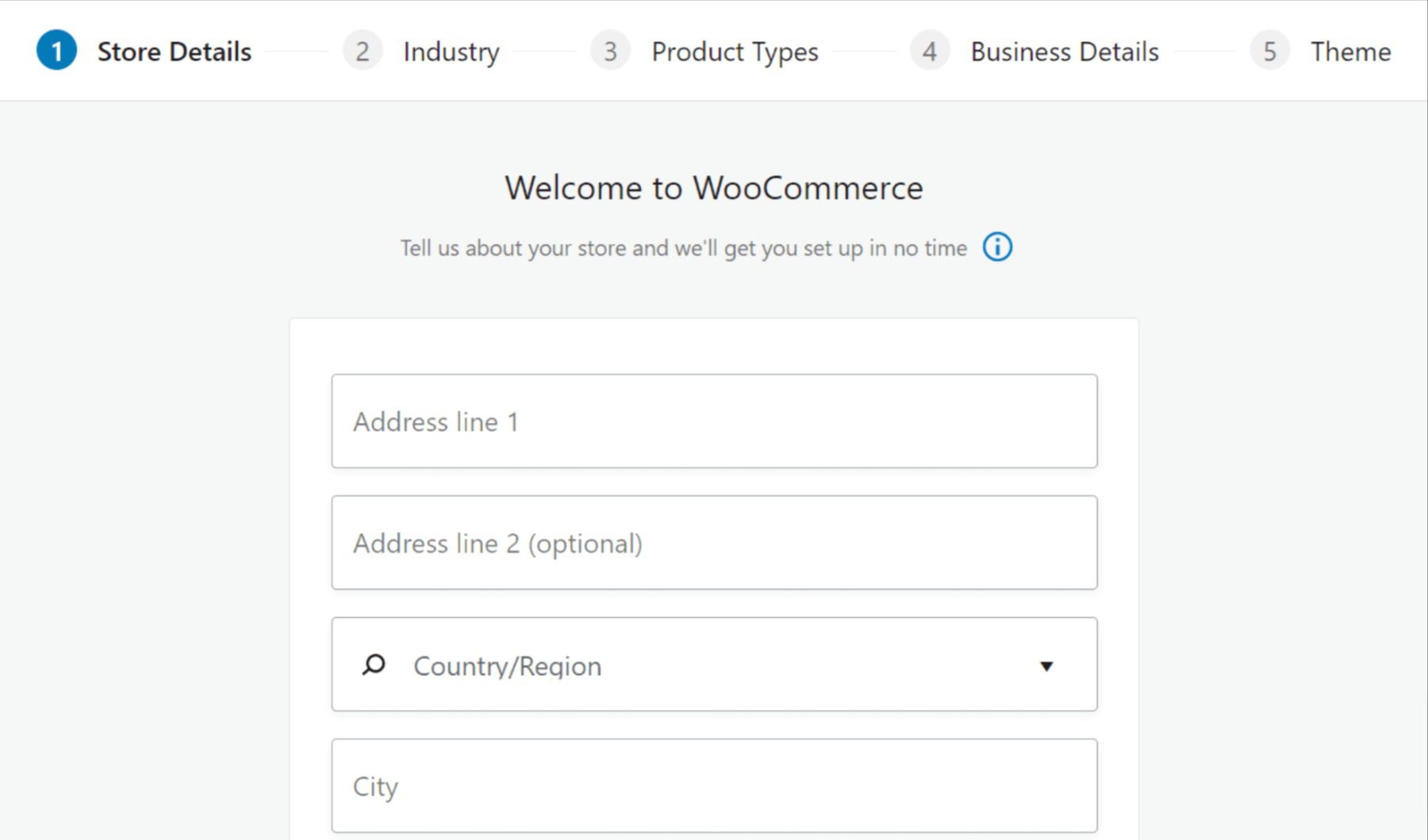
After your store is ready to go, you can start adding products. The plugin adds a Products tab to your site’s dashboard and lets you use the WordPress editor to set up new products for your store:
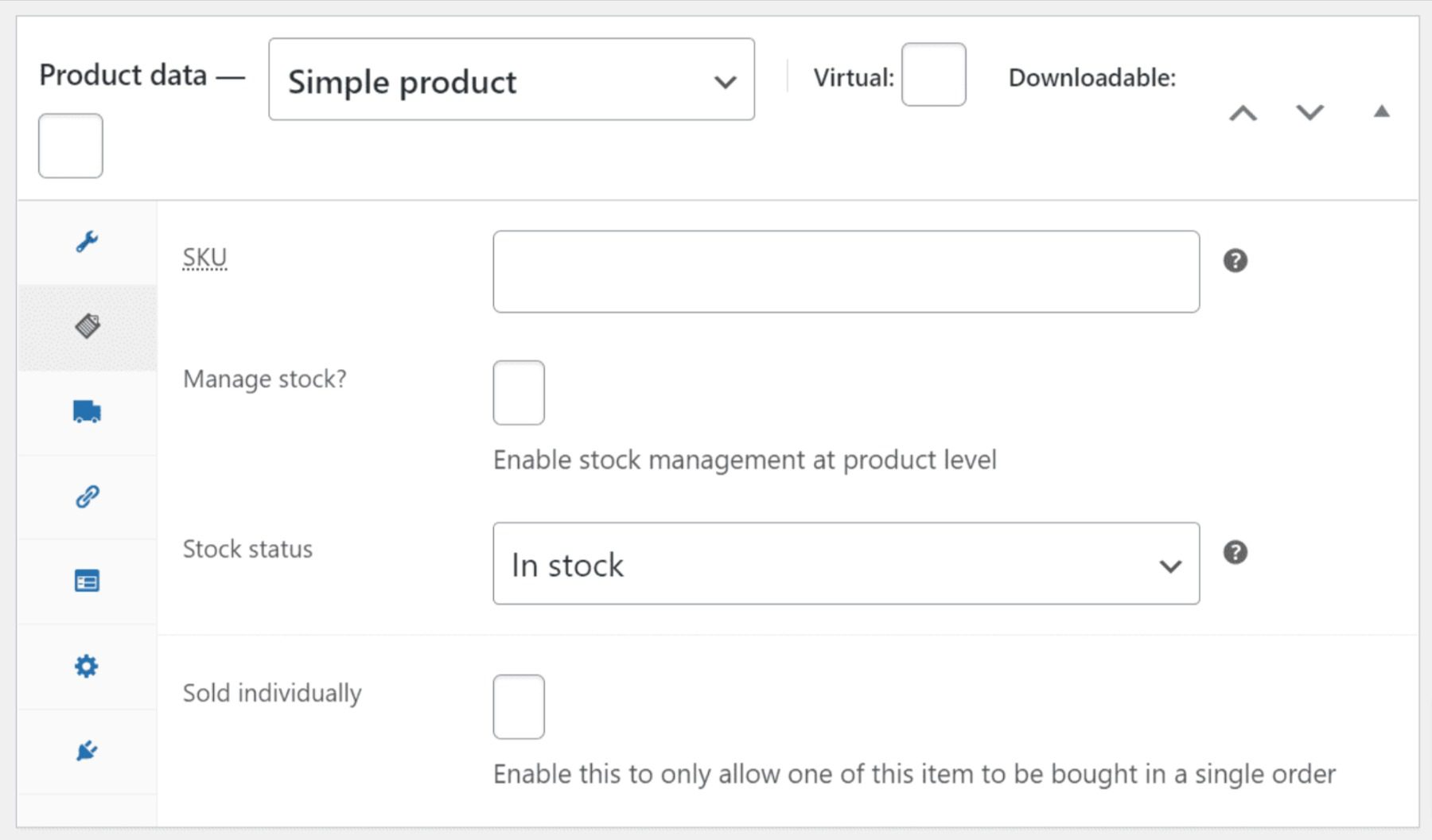
Adding new products to WooCommerce is simple, but it’s not as “visual” a process as with other eCommerce platforms.
Shopify
With WooCommerce, you have to go through several steps to get your store up and running. When you’re using Shopify, the process boils down to two parts:
- Signing up for a Shopify account
- Configuring your store
When you log in for the first time, Shopify will ask you a few basic questions about what kind of project you’re working on:
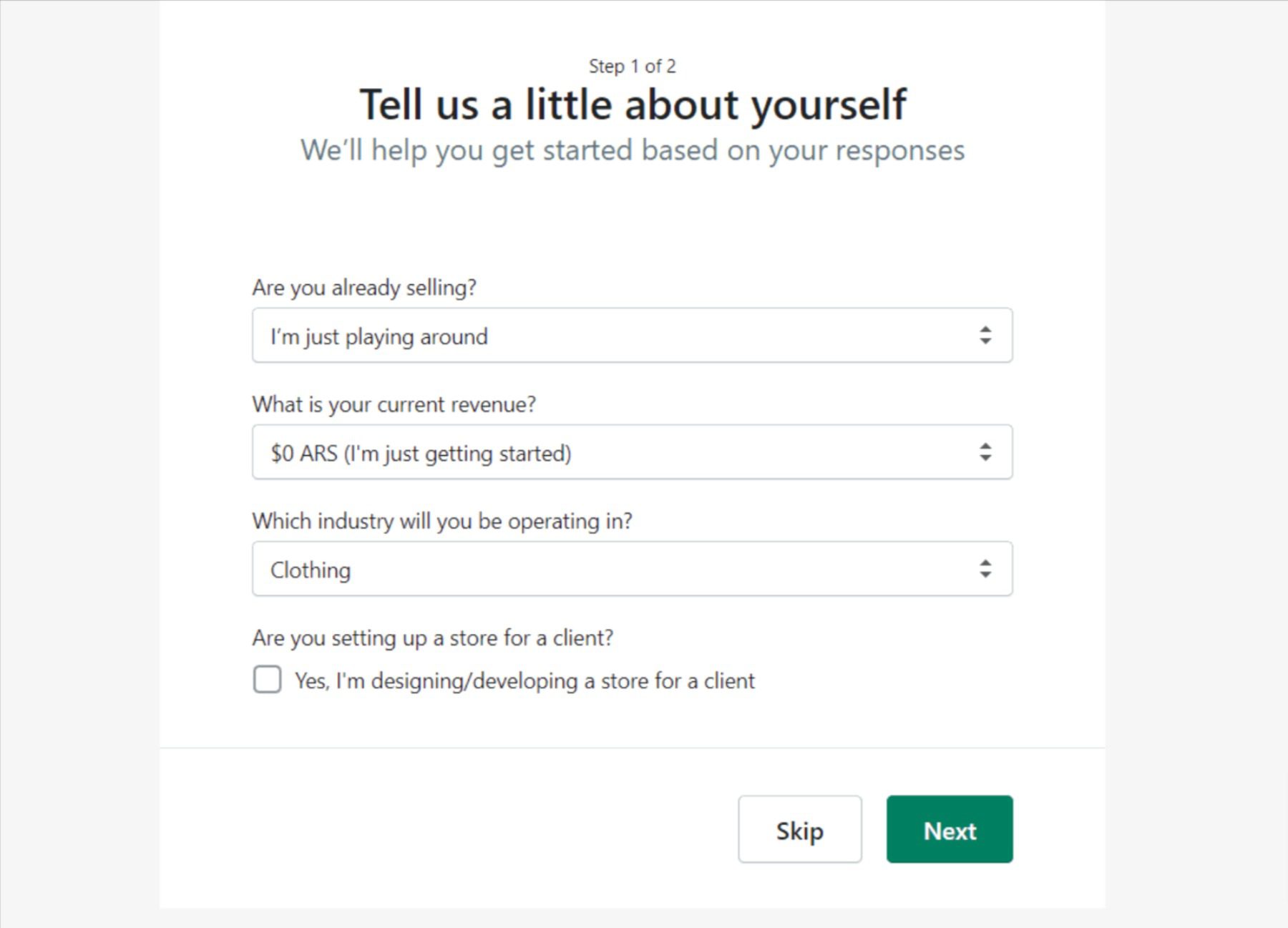
Shopify will also ask you for some personal information, which it needs to process your store’s payouts. As soon as you get to the dashboard, you’ll be able to start adding products. Overall, the Shopify product editor offers a more streamlined experience than WooCommerce does:
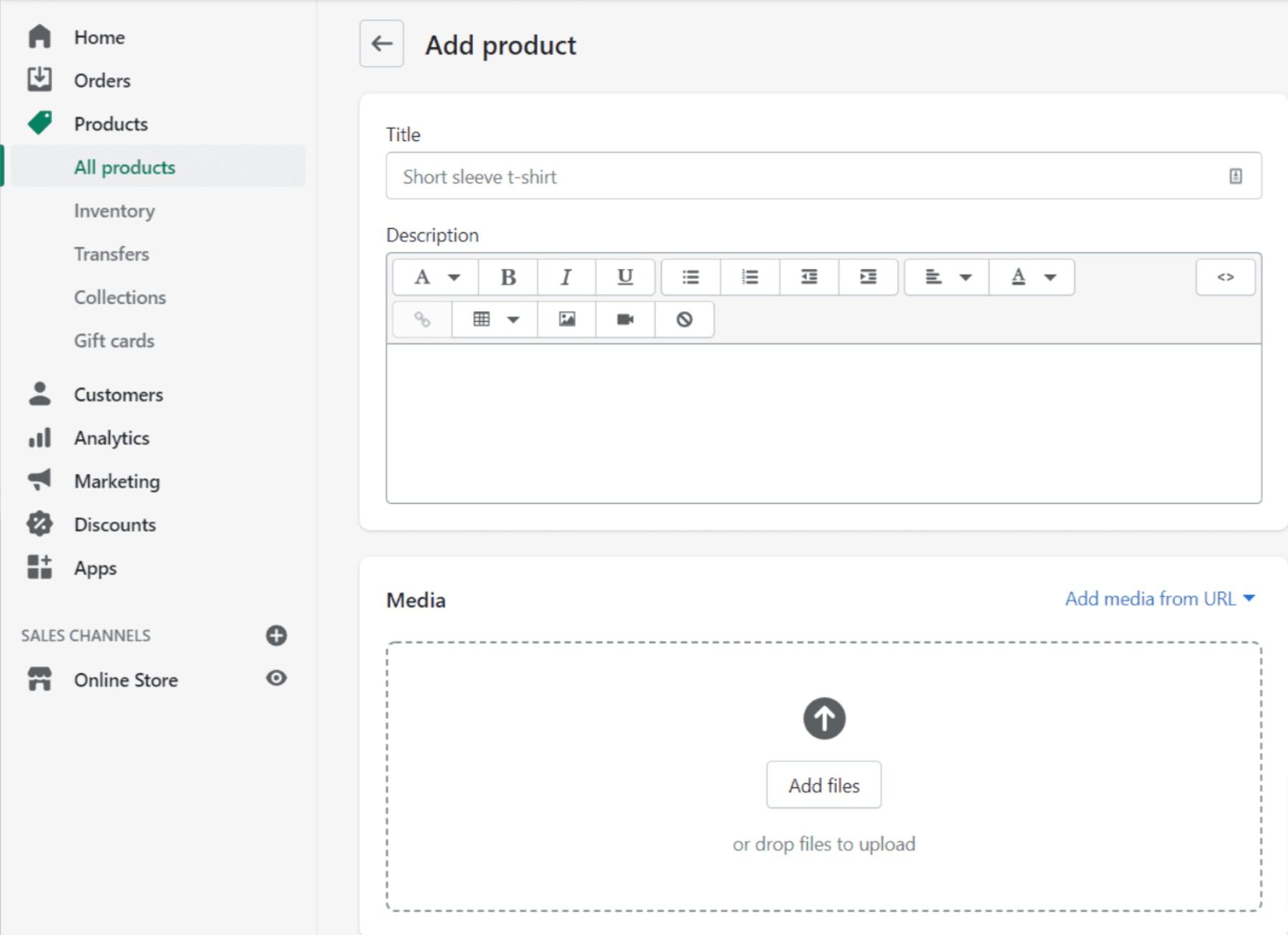
Both Shopify and WooCommerce enable you to add a lot of details for each product in your store. You can specify prices, set up Stock Keeping Unit (SKU) numbers, track stock, configure shipping, and more.
One standout feature that Shopify offers is built-in basic Search Engine Optimization (SEO) options for products:
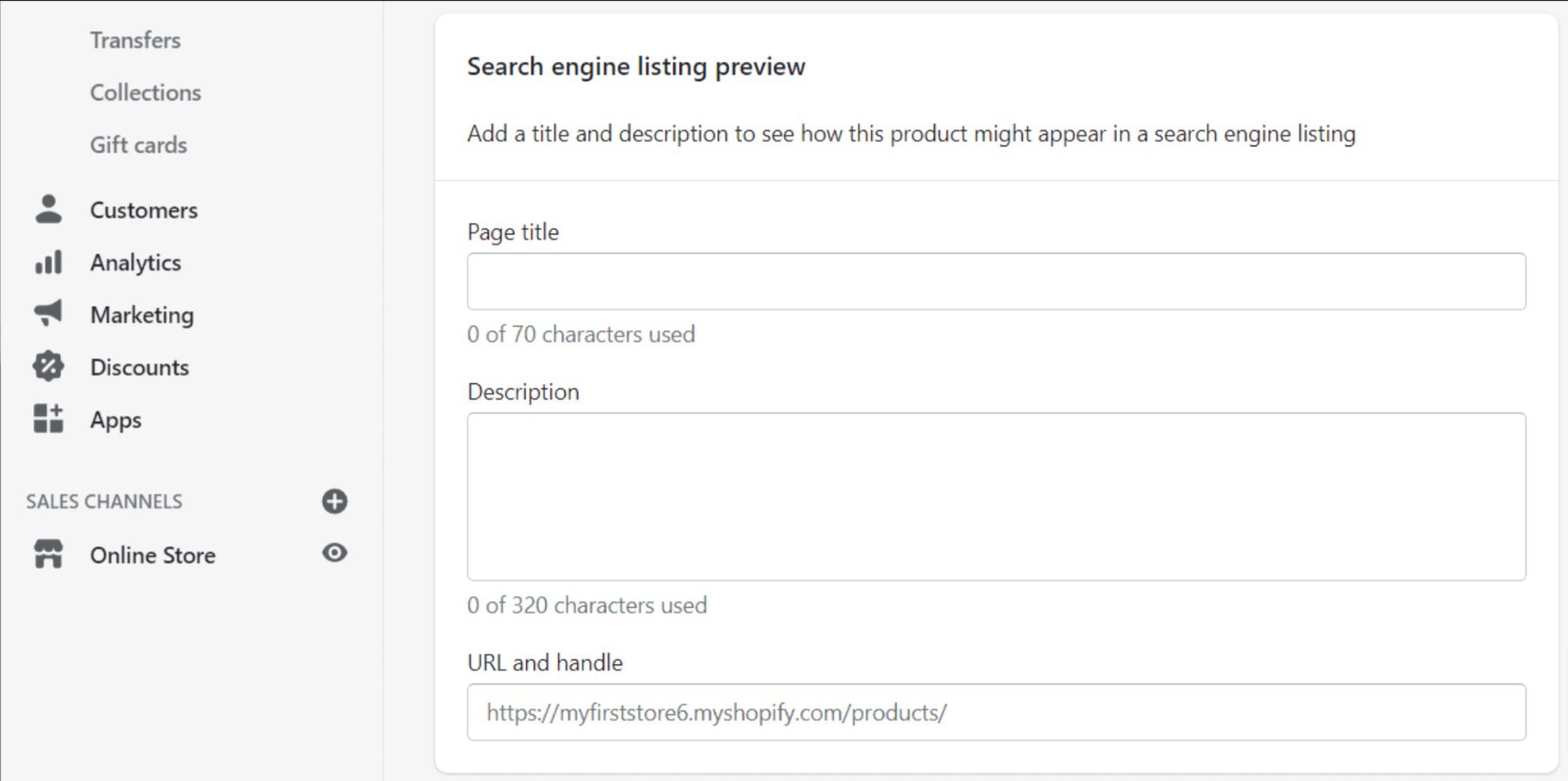
To get that same functionality in WooCommerce, you have to use an SEO plugin. With the right tool, you’ll get access to a lot more features than what Shopify offers out of the box.
 |  |
|
|---|---|---|
| Setting up a Store | 🥇 Winner Shopify excels in this category because its simple regardless of your technical experience. | WooCommerce is easy to setup as well, but it's especially easy if you have experience with WordPress. |
| Choose Shopify | Choose WooCommerce |
Verdict: If you’re familiar with WordPress, setting up WooCommerce and adding products will be a walk in the park. On the other hand, if you’re new to eCommerce, Shopify offers a much more streamlined setup experience.
Configuring Payment Options in WooCommerce vs. Shopify
An online store can only be successful if you offer payment options that your customers want to use. You’ll want to have access to as many options as possible, so you can pick the best ones for your store.
WooCommerce
With WooCommerce, you get access to several payment processors out of the box. The plugin lets you choose from several options during the setup wizard, including Stripe and PayPal. However, you can always enable additional methods through the WordPress dashboard:
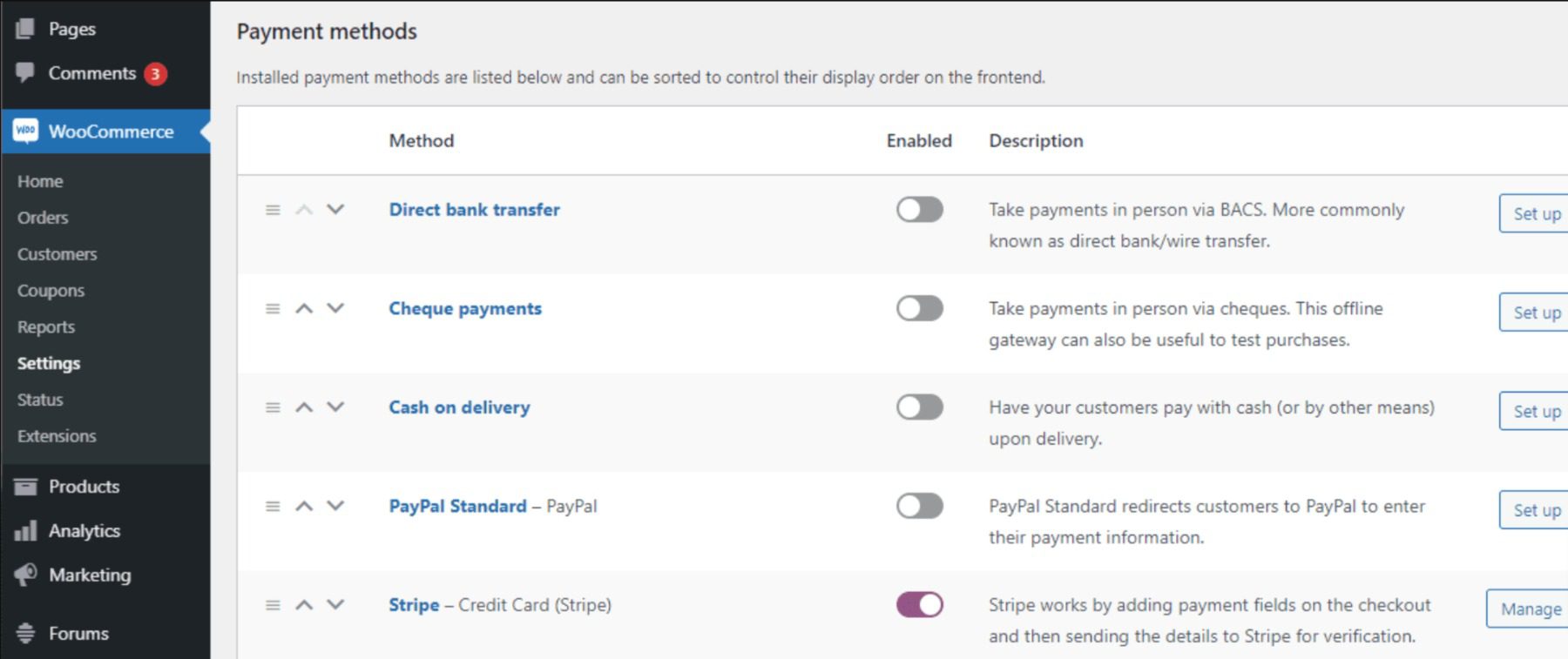
If you want to set up additional payment methods, you can always browse the WooCommerce “extensions” store. Extensions are simply plugins that add new functionality to WooCommerce, such as support for additional payment processors:
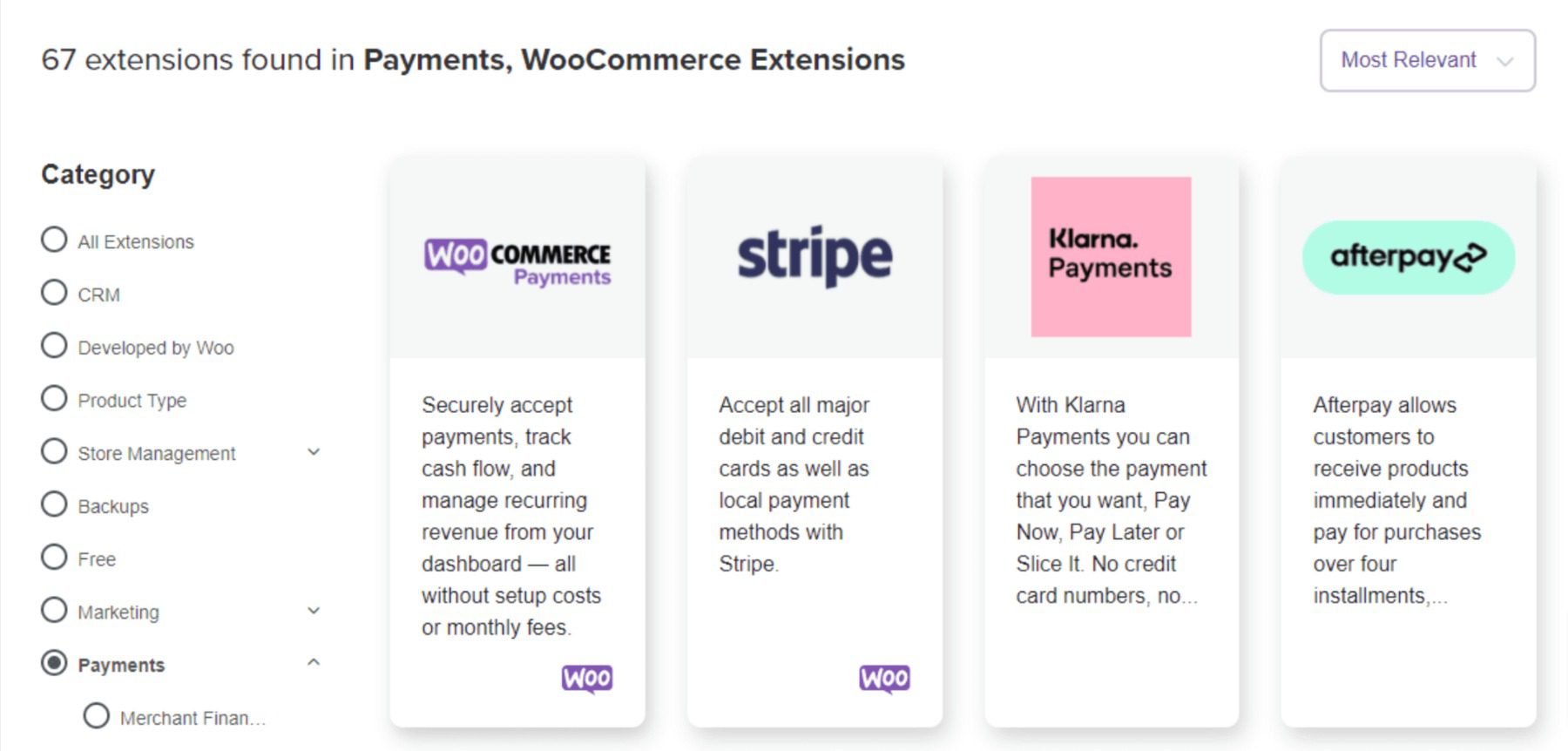
These add-ons enable you to integrate almost any payment processor you want into your store. The downside is that a lot of WooCommerce extensions are pay-to-play, and they can get fairly expensive.
Shopify
Shopify also supports a broad range of payment processors. The platform promotes PayPal as its main option, but it also gives you access to several third-party providers and what it calls “alternative payment methods”.
Configuring Shopify to work with third-party providers is simple. The platform will offer you a list of options, and it explicitly tells you which are not available in your country:
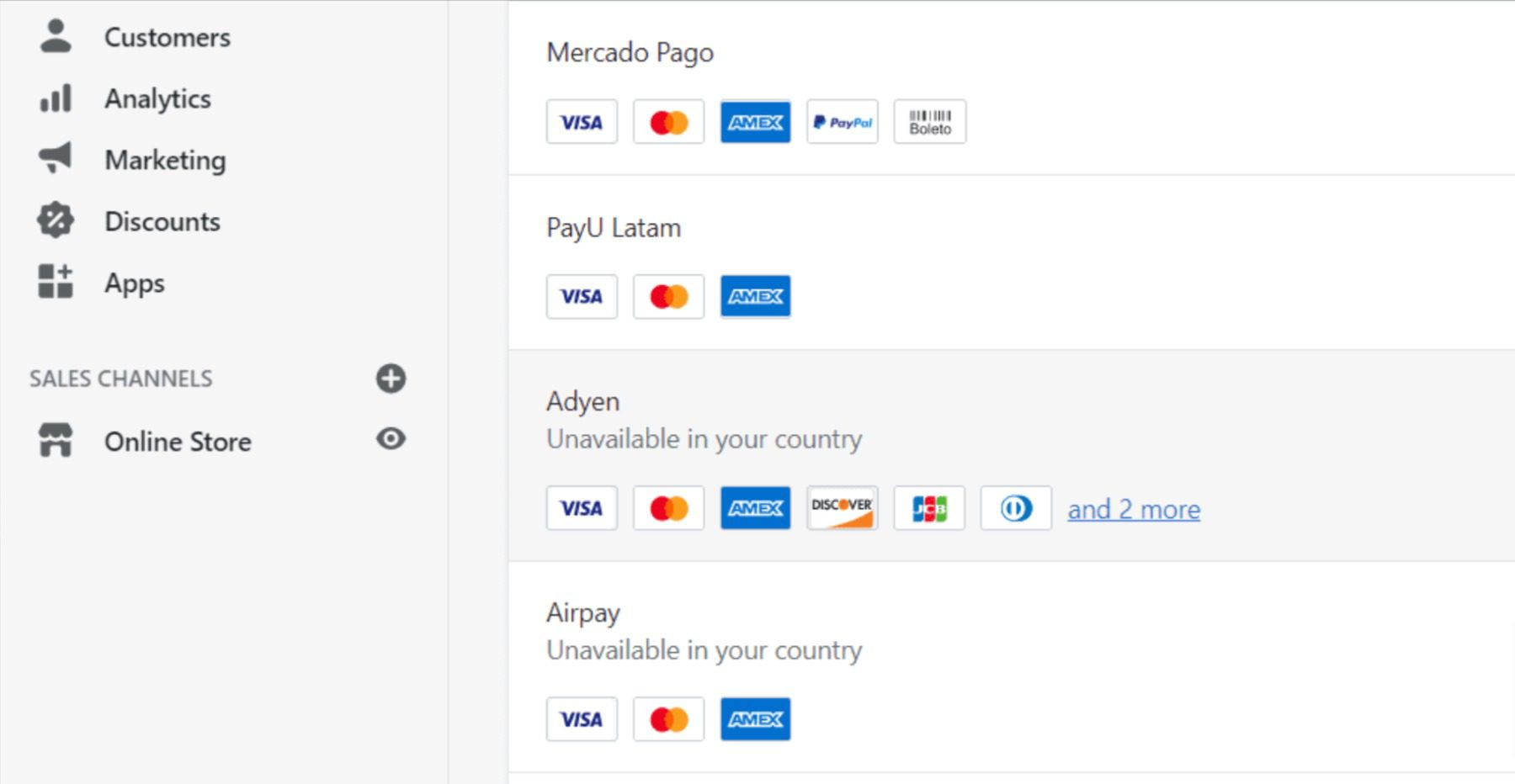
When you add a new payment option, Shopify will inform you if you need to create an account and how to connect it with your store. It also tells you how much that specific payment processor charges in fees, which is very useful.
As we mentioned briefly, Shopify also supports some alternative payment options. Among those, you’ll find payment processors that enable customers to pay using cryptocurrency and local payment options in their regions:
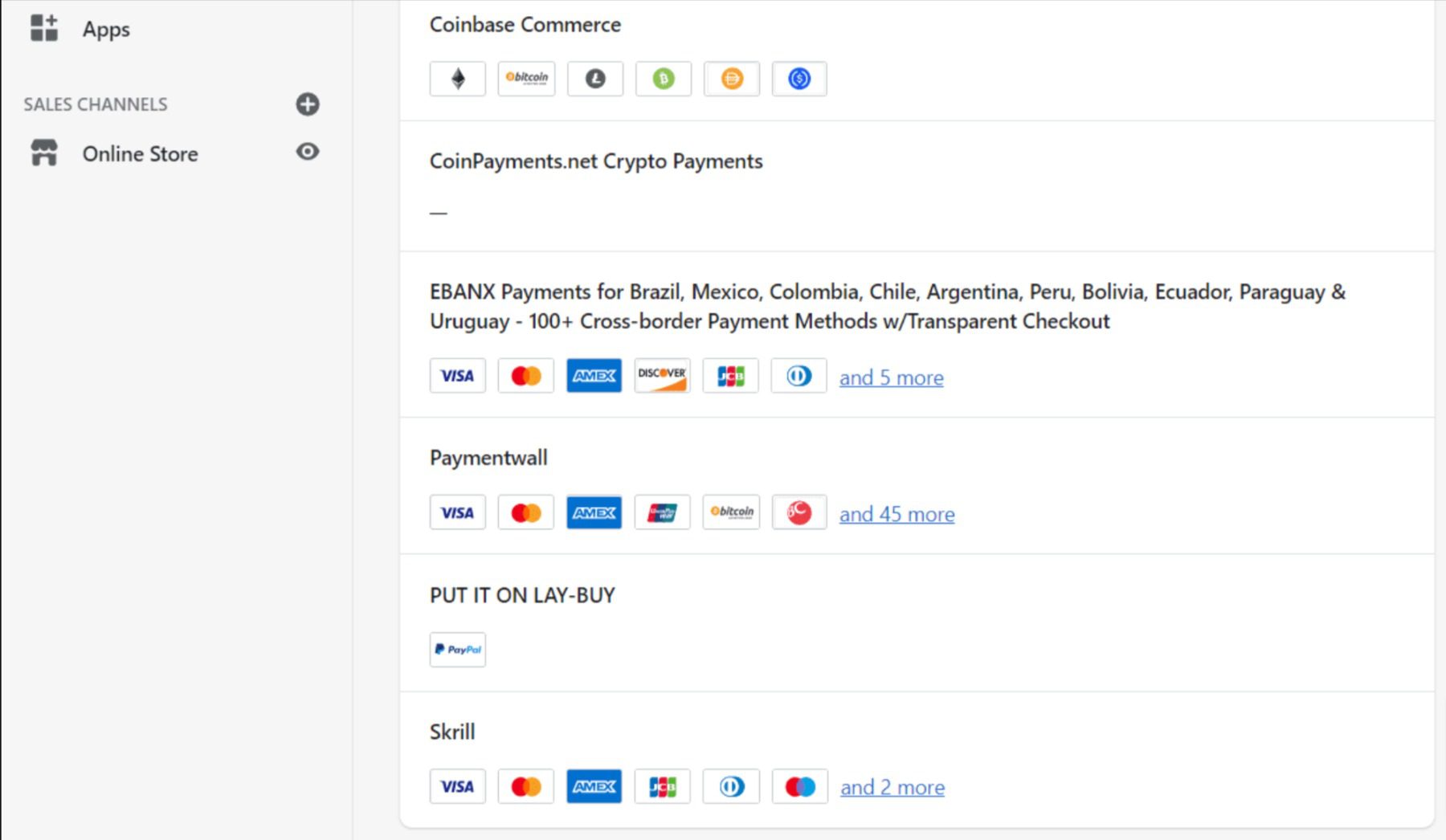
It’s also worth noting that all of these options are built into Shopify. Unlike with WooCommerce, you don’t need to pay for extensions that add specific payment processing options to your store. Shopify does offer extensions (free and paid), which it calls “apps”, but not for this functionality.
 |  |
|
|---|---|---|
| Configuring Payment Options | 🥇 Winner Shopify offers you most of the options you'll need directly out the gate, but doesn't offer the more specific extensions. | WooCommerce comes with a few standard payment options but, has the bonus have having an extensive plugin library. |
| Choose Shopify | Choose WooCommerce |
Verdict: If you’re looking for very specific payment processing options, WooCommerce extensions can be your best bet. However, Shopify gets a thumbs-up for incorporating so many options without requiring additional tools. Out of the box, however, both eCommerce solutions give you access to the basic payment processors that most stores use (such as Stripe and PayPal).
Customizing Your Store with WooCommerce vs. Shopify
If you want to make your store your own, you’ll need the ability to add new features and change its style. In that area, both WooCommerce and Shopify offer some impressive options.
WooCommerce
Customizability is where WooCommerce shines. Since you’re using WordPress, you can customize your website and store it in almost any way you can imagine. WordPress offers thousands of themes and plugins (both premium and free) that enable you to add new and exciting functionality to your projects.
For example, you can look for WordPress themes that integrate with WooCommerce out of the box. Some themes, such as Divi, enable you to use advanced visual builders to customize your store and product pages:

With WooCommerce, you have a level of freedom to customize your store that hosted platforms such as Shopify simply can’t match. Finding WooCommerce-centric plugins in SEO, marketing, order management, and more are freely available. As an example, you can use a plugin like WooCommerce Simple Auctions to turn your WooCommerce store into your very own eBay store. Or, if you’re looking to utilize an omnichannel marketing approach, plugins like Omnisend will integrate with a WooCommerce store seamlessly, syncing all the store information needed to make marketing relevant and personalized in various channels. You can even alter your site’s foundational code (or hire a developer to do so for you).
The trade-off for that freedom is that you’re always learning something new about how to use WordPress and WooCommerce. If that sounds like a good deal to you, then WooCommerce’s customizability is its primary selling point.
Shopify
Shopify offers a broad range of customization options for its users. You get access to an app library that gives you plenty of options for adding new functionality to your store:
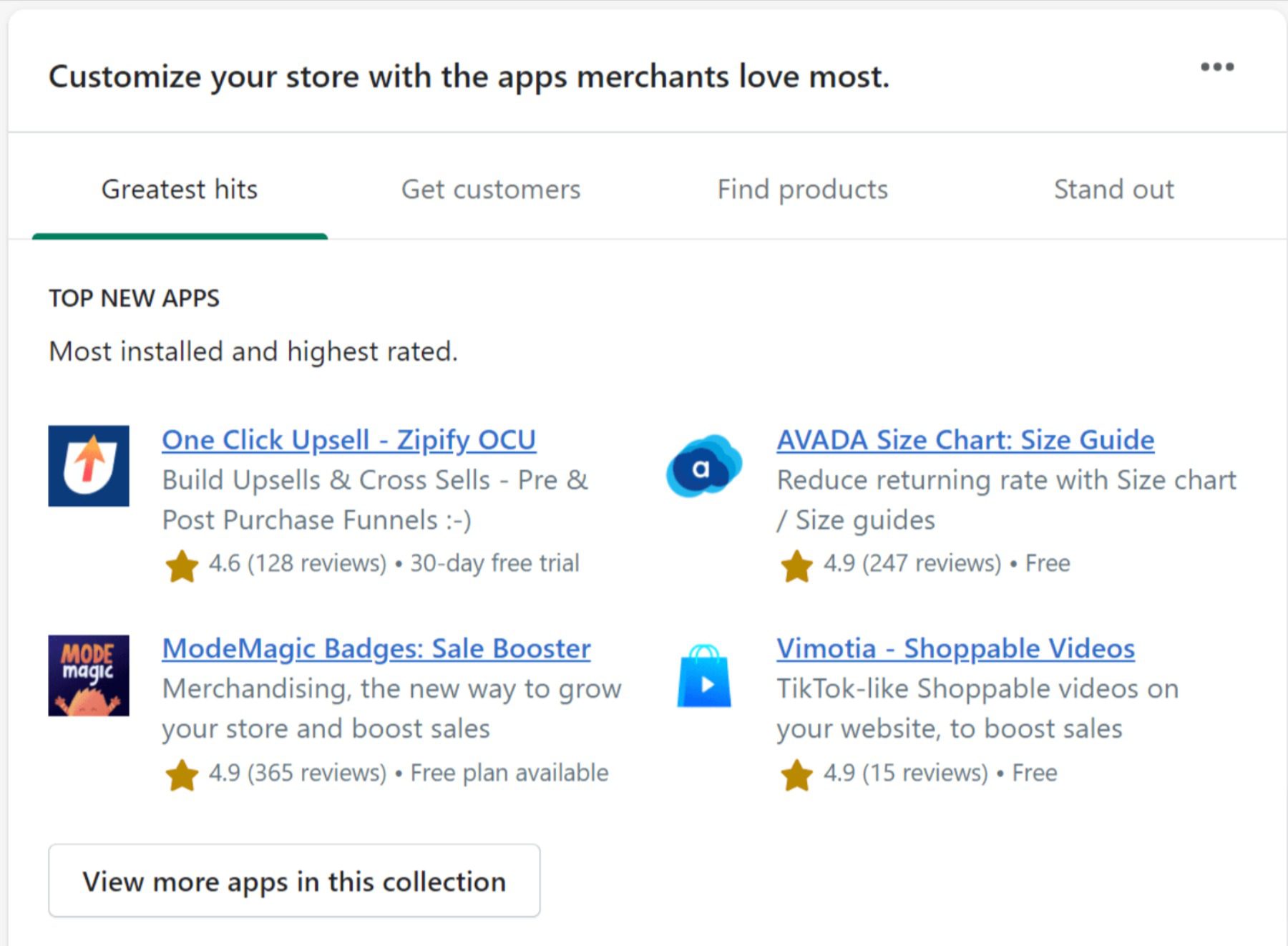
Just as with WordPress, some of Shopify’s apps are free, and some are premium. However, the selection of apps is magnitudes smaller than what you’ll get with WordPress and WooCommerce. Also, where premium WordPress plugins usually charge you for a yearly license, most paid Shopify apps work on a monthly subscription model.
As far as themes go, Shopify offers a modest selection of free options:
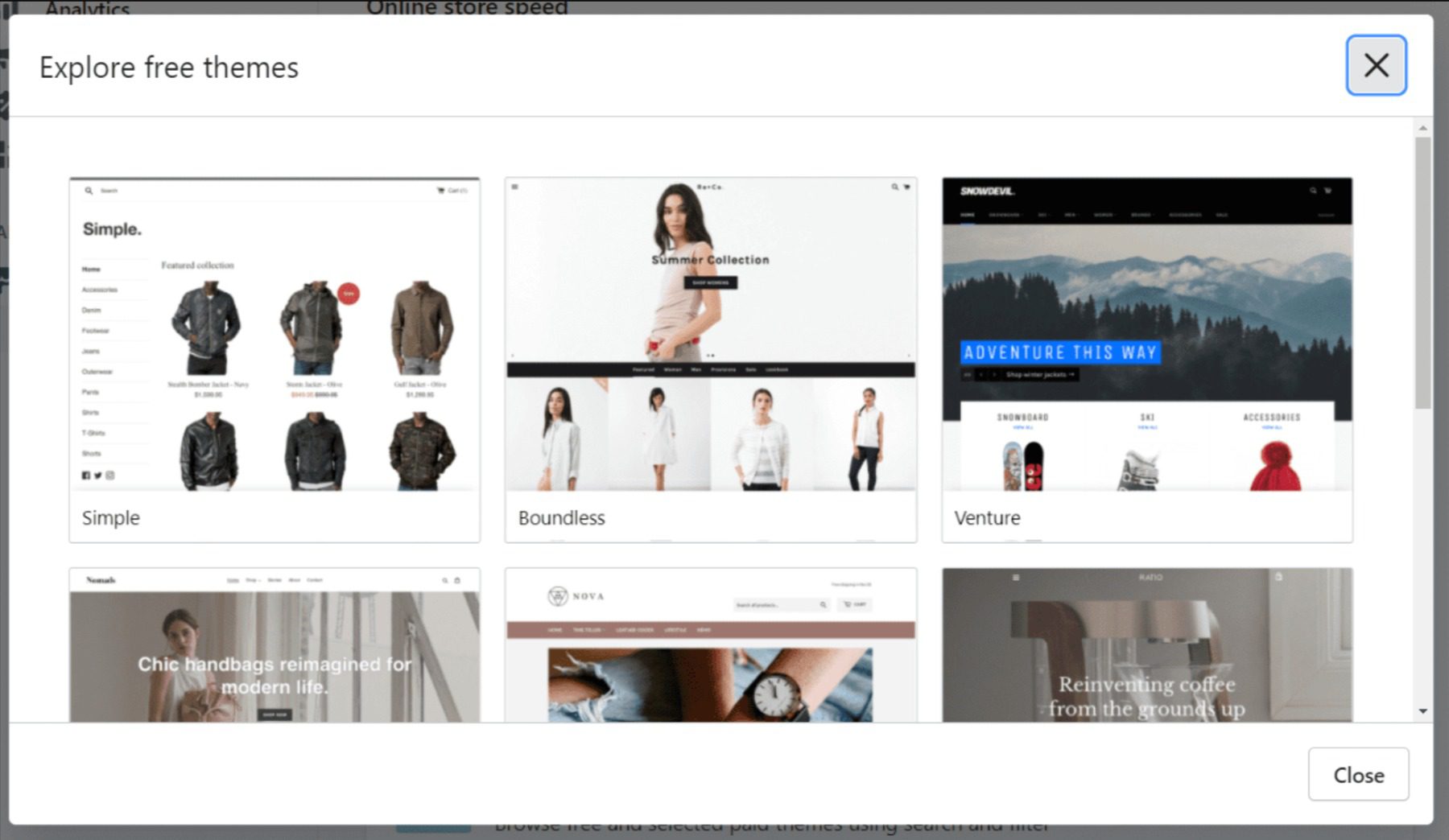
When it comes to premium themes, the selection is much broader. However, Shopify themes tend to be much more expensive than their WordPress and WooCommerce counterparts, with most starting at around $180.
 |  |
|
|---|---|---|
| Customizing Your Store | Compared to WooCommerce, Shopify provides a limited set of customization choices that come at a higher price point. | 🥇 Winner WooCommerce's unparalleled customization capabilities make it a particularly compelling in this category. |
| Choose Shopify | Choose WooCommerce |
Verdict: The level of freedom that WordPress and WooCommerce offer is unmatched. Shopify is a customizable platform, but due to its hosted nature, it can’t compete with WooCommerce. Moreover, WooCommerce and WordPress are so popular that there are almost no features you can’t add to your store using plugins.
How Much Does WooCommerce vs. Shopify Cost?
Ultimately, the biggest deciding factor between WooCommerce vs. Shopify will likely be your budget. With that in mind, here is the basic pricing you’ll be looking at:
 |  |
|
|---|---|---|
| eCommerce Software | Included with each plan | Free |
| Plans | $29, $79, and $299 per month plans | Free |
| Setup Fees | Included with each plan | None and some web hosts set up WooCommerce for you |
| Hosting | Included with each plan | Hosting plans start at around $5 per month |
| Domain Name | Not included – .com domains start at around $15 per year | Included with some web hosting plans |
| Maintenance | Included | Depends on your hosting provider and plan |
| Plugins and Apps | On average, monthly app subscriptions start at around $5-20 | On average, premium plugins start at around $10-20 for yearly licenses |
| Themes | Official premium themes start at $180 | On average, premium themes start at around $29 |
| Choose Shopify | Choose WooCommerce |
On paper, WooCommerce is the cheapest option out of the two. You can set up WordPress and WooCommerce for less than $20, including hosting and a domain. With Shopify, you need to spend at least $29 for its basic plan and then pay extra to register a domain.
If you want to use Shopify apps, those costs can add up quickly too. Monthly subscriptions will end up costing far more than yearly fees for premium WooCommerce extensions. However, it’s worth noting that you don’t need to use premium themes, extensions, or apps for either platform – it’s all up to you.
WooCommerce Deep Dive
If you’re interested in learning more about what WooCommerce has to offer, you can check out some of our articles like WooCommerce vs. Magento or our article on the real cost of using WooCommerce.
Whether you’re a seasoned WooCommerce user or just starting, these articles will provide you with valuable insights and best practices to take your store to the next level.
WooCommerce vs. Shopify: Choosing The Winner
Choosing between WooCommerce and Shopify can be a challenge. WooCommerce is by far the more flexible option, but it also takes longer to fully master than Shopify does. If you’re entirely new to eCommerce and you want an experience that’s as easy as possible, Shopify is a safe bet.
 |  |
|
|---|---|---|
| Setting up a Store | 🥇 Winner Shopify excels in this category because its simple regardless of your technical experience. | WooCommerce is easy to setup as well, but it's especially easy if you have experience with WordPress. |
| Configuring Payment Options | 🥇 Winner Shopify offers you most of the options you'll need directly out the gate, but doesn't offer the more specific extensions. | WooCommerce comes with a few standard payment options but, has the bonus have having an extensive plugin library. |
| Customizing Your Store | Compared to WooCommerce, Shopify provides a limited set of customization choices that come at a higher price point. | 🥇 Winner WooCommerce's unparalleled customization capabilities make it a particularly compelling in this category. |
| Price | Shopify necessitates a minimum of $29 for its basic plan, and you must pay an additional fee to obtain a domain. Moreover, expenses for Shopify apps can accumulate rapidly. | 🥇 Winner For under $20, you can establish a WordPress and WooCommerce site, which includes hosting and a domain. |
| Choose Shopify | Choose WooCommerce |
On the other hand, if you’re comfortable tinkering with your store, WordPress and WooCommerce offer a wealth of customization options that are unmatched. More importantly, it can be much cheaper to set up a WooCommerce store, which makes it a great entry-level option.
Frequently Asked Questions (FAQs)
Before we wrap up, let’s answer some of your most common questions regarding WooCommerce and Shopify. Did we miss one? Leave a question below, and we will respond!
WooCommerce vs Shopify: which is better?
Why pick WooCommerce over Shopify?
What is the key difference between WooCommerce and Shopify?
Which is better for SEO, Shopify or WooCommerce?
Which platform is more cost-effective, Shopify or WooCommerce?
Which is faster, Shopify or WooCommerce?
For drop shipping, should I choose WooCommerce or Shopify?
Which has higher conversion rates, Shopify or WooCommerce?
How do Shopify and WooCommerce compare in terms of market share?
Which one is easier to customize, Shopify or WooCommerce?
Do you have any other questions about WooCommerce vs. Shopify? Let’s talk about them in the comments section below!
Featured Image via olesia_g / shutterstock.com

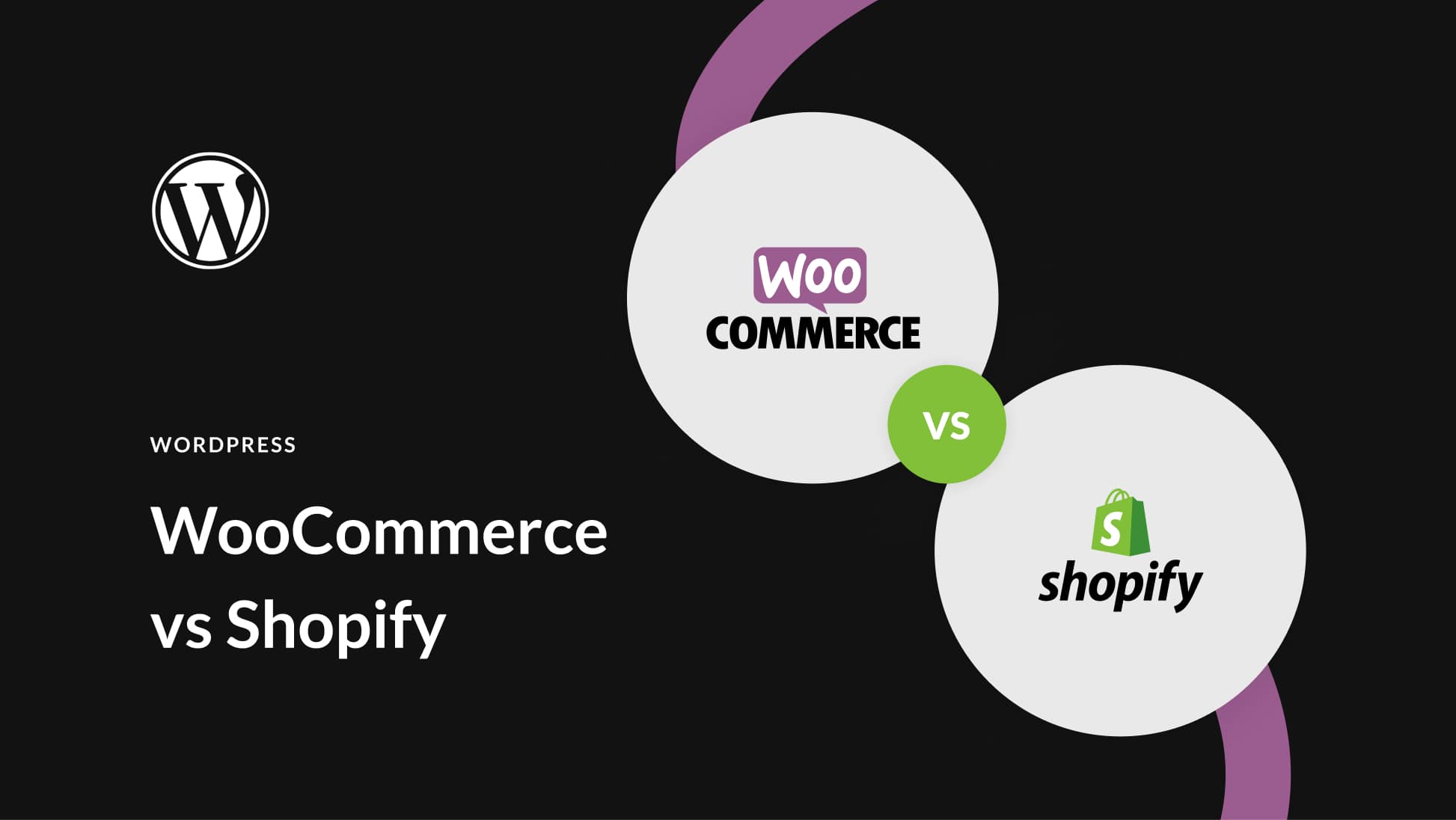






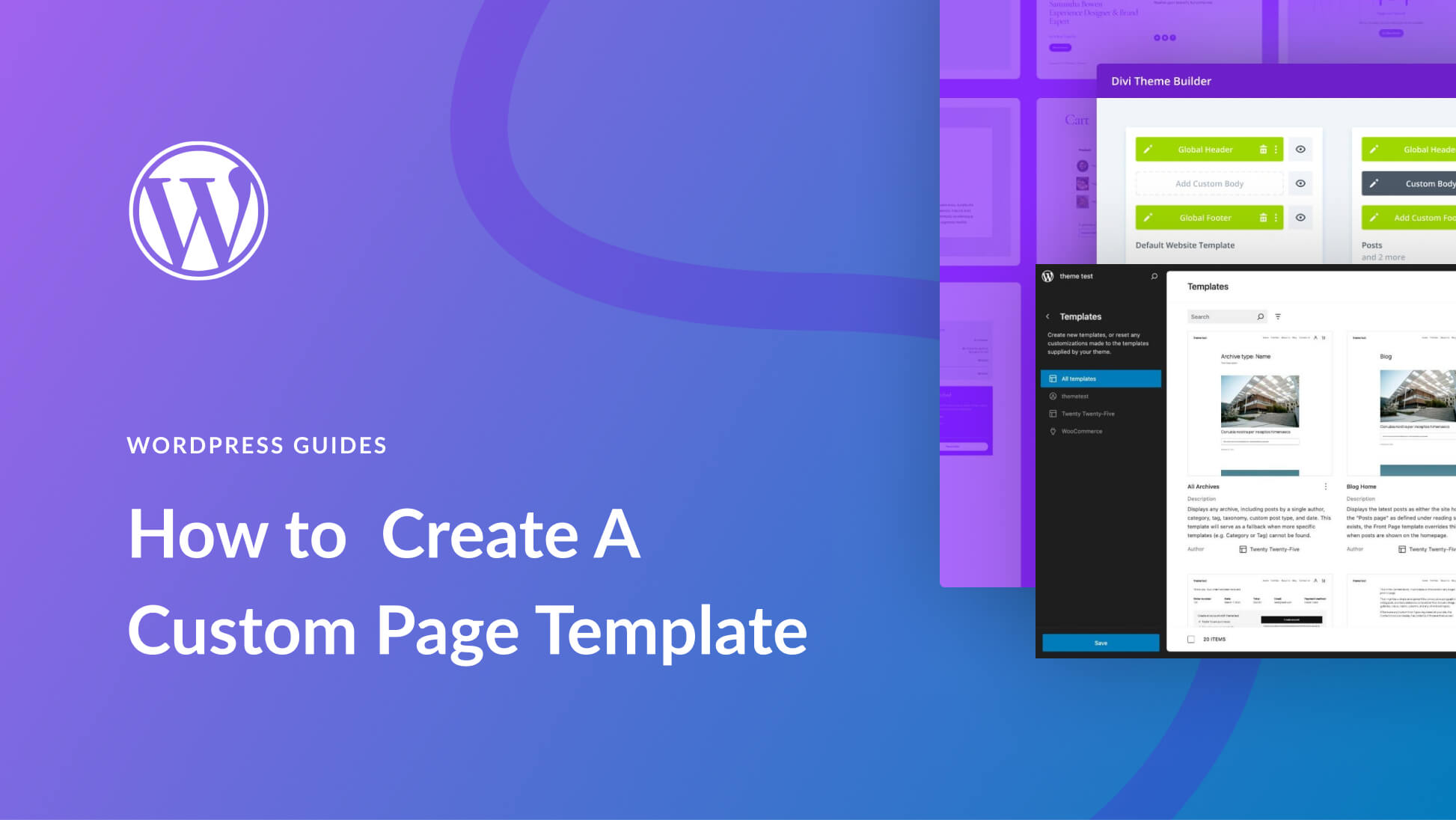
Having used both heavily, I like Shopify for quick and dirty storefronts. you can be up and running in 8ish hours with shipping and everything included. However, the depth of product details and organization goes to woo commerce hands down. I learned the hard way that Shopify is not conducive to large-scale product lists due to its lack of categories and subcategory setups. Having to rig things with collections is painful at several thousand products.
I just wish Woo didn’t nickel and dime for what seems like every little feature.
What is with the Shopify Lite package? I wish it would have included to this blog post.
I never used it but took a bit of research for a client. There you get the ecommerce functionalities from Shopify via the WordPress plugin (synchronise all products and services between Shopify and your WordPress page) and still have the design flexibility of a own homepage.
Or am I wrong?
We haven’t focused on the ‘light’ plan here since it doesn’t enable you to build a full e-commerce website. However, it is useful if you simply want to add a ‘buy now’ button to your existing website or blog (for example, you just want to sell a single product).
I’d go with flexibility and constant updates to fix issues (Woo) rather than straight into a big giant black locked box ($SHOP).
Thanks for sharing your thoughts!
We have used WooCommerce for our clients’ e commerce requirements for the last four years.
We find it easy to install, our clients find it easy you use. In the early days the comparison was with Magento – a high cost, super heavy monster of a package that we have gradually withdrawn from.
I have read lots of comparison studies like this one, featuring several packages; none are attractive enought to pull us away from Woo Commerce.
This is very interesting, thank you. I’ve been looking for something like this for a while. Although, I’ve got lots of products that vary on price, which plenty of options I’d like to build in ideally too.
You’re welcome! WooCommerce makes it pretty easy to add products with variable pricing and multiple options – I’d suggest giving it a look 🙂
Shopify so overrated lol
Getting ads for Jetpack and telling us to connect to our wp dot com account constantly is already annoying enough. Too bad woocommece has such a hold on wp that no one is willing to compete within the wp ecosystem. A lot of the basic stuff that should already be included with woocommerce is not included. We either have to buy a plugin for it or develop it.
It’s worth noting one big advantage of Shopify: they’ve got their systems very locked down. Yes, you don’t get the flexibility that Woocommerce has, but you also don’t get notices warning you to update due to SQL Injection Vulnerabilities, as we’ve just had with Woo.
That’s the only real concern that would sway me too. I’d prefer not to have to worry about dealing with security issues.
Thanks for the input – that’s another worthwhile consideration when choosing a platform 🙂